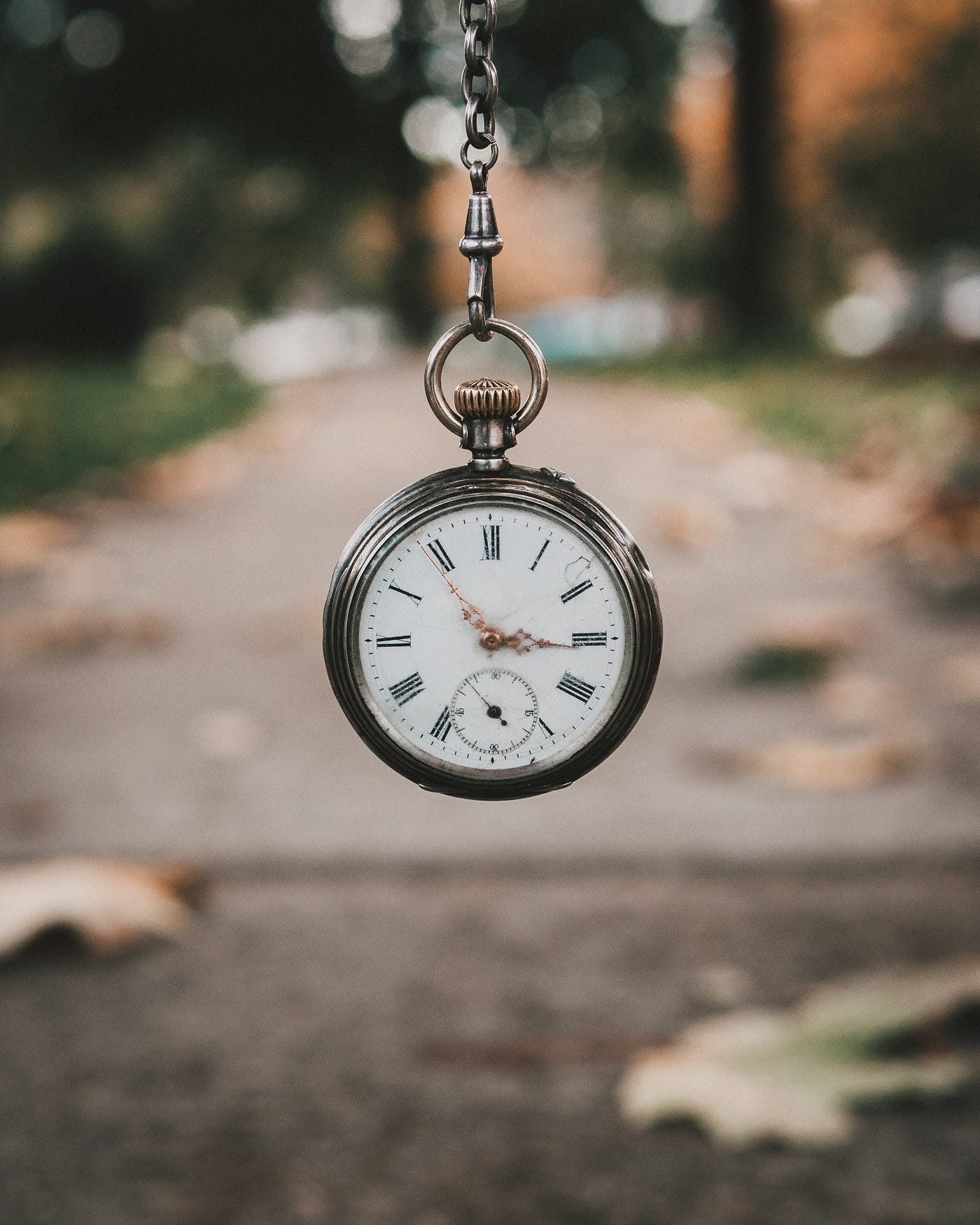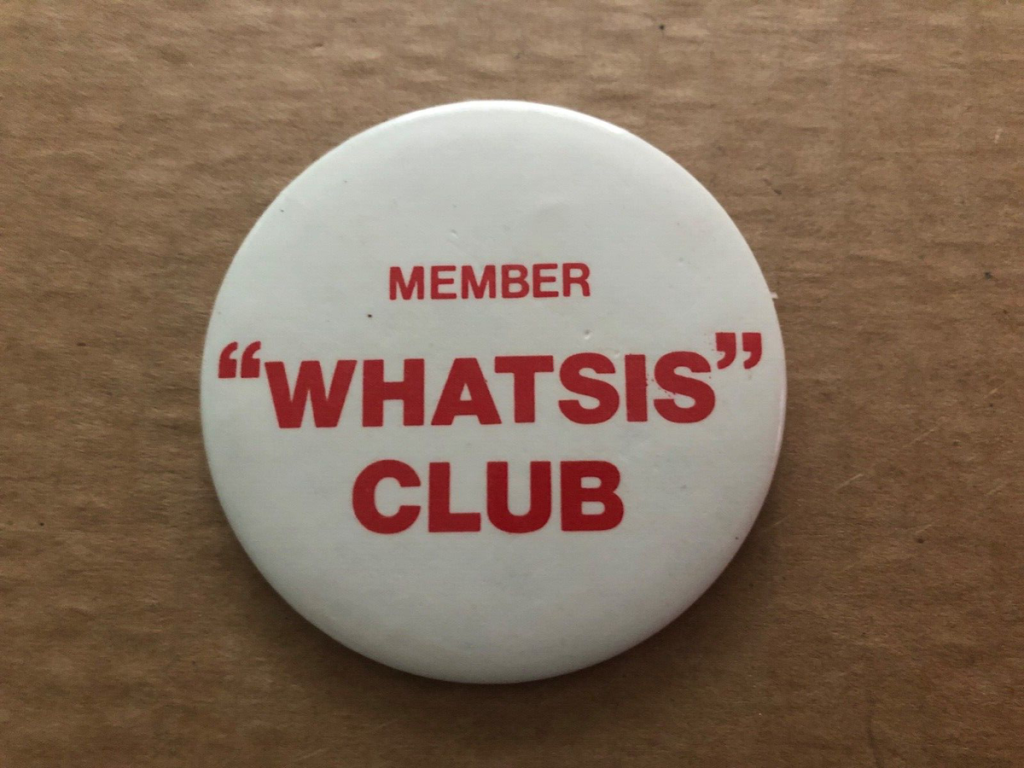As I’ve rounded the corner into my 90s, I’ve felt more and more impatient with my own, slowing pace.
I not only walk more slowly these days, I think more slowly and don’t get as much done. I can work at the computer for four or five hours, but beyond that, my eyesight and brain fuzz out. I have a hard time forgiving myself for this.
I can still take advantage of a spurt of adrenaline when I need to. I can get in and out of the shower in half the usual time. Or let’s say I’m supposed to meet someone on the other side of my retirement community’s campus, and I’m running late, as usual—if I lean forward over my walker and speed-walk, I can get there, out of breath but on time. And impatient that it’s taken so much effort to do that.
Imagine how surprised I was, then, to learn that there’s a global slow living movement, dedicated to persuading people to slow down. We live in a world, its leaders say, that pressures us to work faster and cram more into every day. In our culture, fast is good; slow is disparaged. As actress Carrie Fisher said, these days, even instant gratification takes too long.
Today’s slow living movement is a cousin to the slow food movement, which came first and began in 1986 as a protest against fast food after McDonald’s opened a restaurant in Rome. The protesters were determined to preserve local, traditional foods, along with the practice of eating at a reasonable pace with pleasure and in good company.
Since then, more than a dozen other movements have also focused on slowing down. For example, slow parenting gives children free time to discover their own interests and develop at their own speed. Slow gardeners focus on the process of growing things, using all five senses. Slow fashion means buying fewer clothes and choosing those that are well-made and will last. Slow thinking involves being totally there in the present moment, fully absorbed in everything you’re experiencing.
At first, it seemed to me that the pitch for slowing down must be meant for young and middle-aged people. Those of us in our later years are apt to be slow already—and not by choice. But as I learned more about slow living, I changed my mind.
Slow movements are about choosing to live a more relaxed and unhurried life. About doing things thoroughly and carefully, not rushing through them. About pausing to savor the present moment. About making deeper connections with others.
I had assumed that people my age don’t have to be advised to live slowly. Many of us—relieved, for the first time, of the stress of the working world—are already taking advantage of the opportunity to taper off. But I am my father’s daughter. I remember a few months after he retired, he told me happily that he was so busy now, he couldn’t imagine how he ever found the time to go to work. I’ve known others like him. I, too, like walking fast and being busy. I’m enormously proud of the fact that at 90, I’m still gainfully employed.
But what will happen when I’m not? That’s a scary question.
One other, central thing slow living recommends is figuring out what’s most important to you and making room in your life for more of that. So, unexpectedly, I’m asking myself a big question. Aging has slowed me down, but it hasn’t stopped me. After I retire, what do I want to do with the time and energy I still have? What do I want the rest of my life to be about?
I don’t have answers yet, but I’m working on it. Meanwhile, if I think of myself as someone engaged in slow living, perhaps I won’t feel so impatient.

Flora Davis has written scores of magazine articles and is the author of five nonfiction books, including the award-winning Moving the Mountain: The Women’s Movement in America Since 1960 (1991, 1999). She currently lives in a retirement community and continues to work as a writer.



